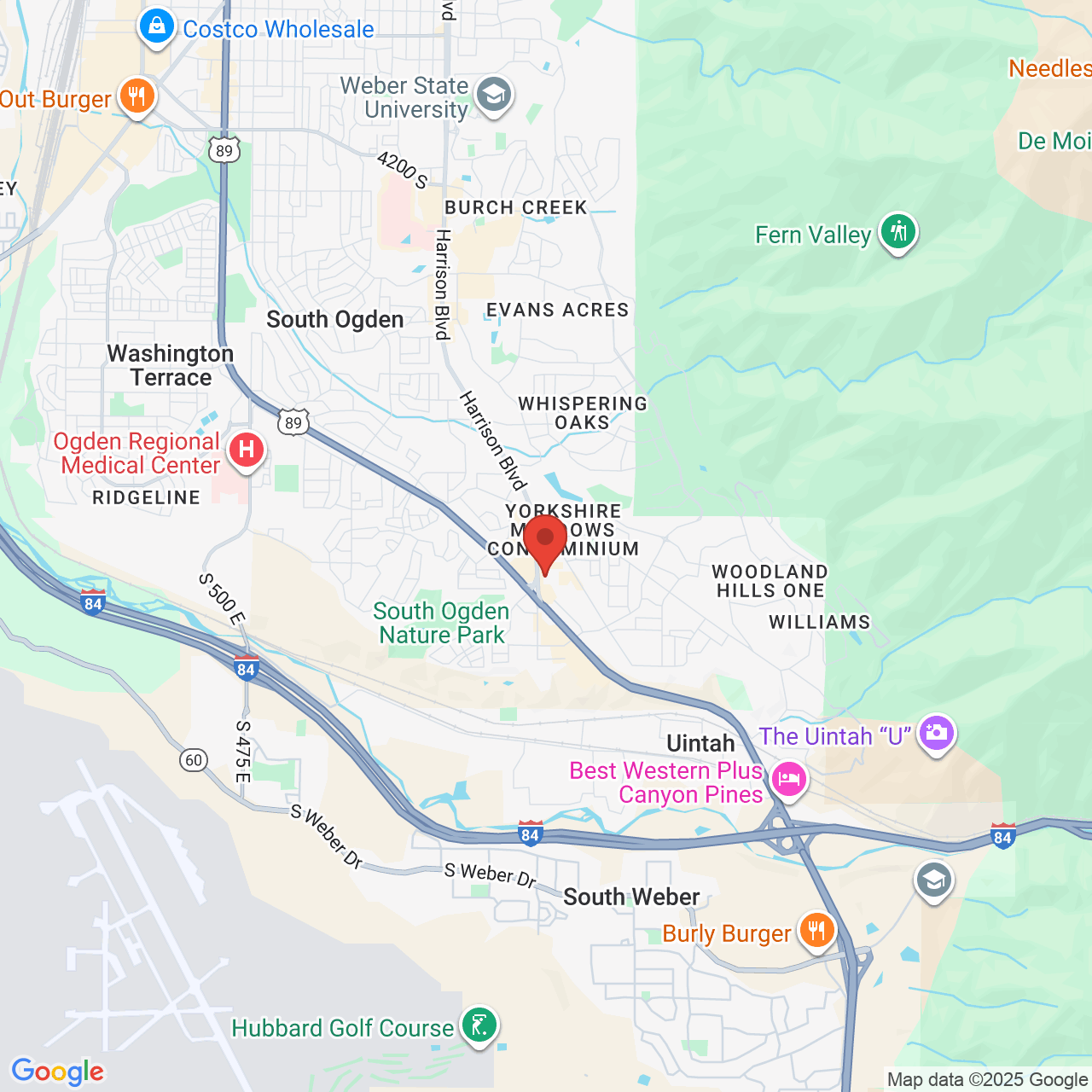Stages of Gum Disease – South Ogden, UT
Gum disease is a bacterial infection that compromises the soft and hard tissues of the mouth. According to the CDC (Center for Disease Control and Prevention), nearly 50 percent of Americans over the age of 30 have some form of gum disease. That averages out to about 65 million people. Because symptoms are often hard to detect, it is known as a silent disease. Understanding the different stages of gum disease can help alert you to the possible warning signs and prevent the infection from spreading. Gum disease can spread quickly and result in tooth loss and bone degeneration. Because the infection can enter your bloodstream, it has also been linked to diabetes and cardiovascular complications. If your teeth have been compromised by gum disease, Dr. Patrick Tanner offers restorative dentistry treatments to help improve your smile and oral health at his South Ogden, UT, practice.

Gingivitis
Gingivitis is usually difficult to detect. However, if caught at this stage, the side effects are manageable and often reversible. People who have gingivitis may experience red and swollen gums due to plaque buildup and bacteria along the gum line. You may notice gums that easily bleed when brushing and flossing your teeth. Treatment generally includes a professional cleaning to eliminate plaque and a special mouthwash to treat any infection.
Some of the more common side effects of gingivitis include:
- Intermittent bad breath
- Gum redness and swelling
- Sore or sensitive gums
- Gum bleeding
Periodontitis
If gingivitis is left untreated and the plaque remains along the gum line, the area around the base of the tooth (known as the pocket) will widen and deepen, causing the infection to develop below the gum line. This not only results in gum recession, but can also place your gums and jawbone in jeopardy. Once the infection penetrates the gum line, it is hard to remove with basic oral hygiene and even thorough dental cleanings. Scaling and root planing may be necessary to break up the plaque below the gum line. This removes the unhealthy bacteria and helps reduce pocket size. An antibiotic ointment or mouthwash may also be recommended. Routine treatments every three to four months can manage symptoms and prevent the infection from spreading.
Symptoms at this stage can include:
- Chronic bad breath
- Gum recession
- Increased dental sensitivity
- Mild bone degeneration
- Loose teeth
- Red and inflamed gums
- Increased bleeding when brushing and flossing
Advanced Periodontitis
At this stage, the disease is considered irreversible and the damage is often severe. Patients may experience complicated and painful conditions, such as tooth decay, bone degeneration, and even tooth loss. With advanced periodontitis, gum surgery, tooth extractions, and bone grafting are typically necessary to address the damaged tissue
Below are the side effects you can face with advanced periodontitis:
- Tooth and jaw pain
- Severe tooth decay
- Shifting teeth and bite disorders
- Tooth loss
- Abscesses around the base of teeth (pockets of pus)
- Obvious inflammation
If tooth loss occurs and you are a good candidate, Dr. Tanner offers dental bridges and dental implants to help restore your smile.
Contact Us Today
If you notice any of the symptoms above, please contact our office today to schedule a consultation. Treating gum disease early can help protect your smile and physical health.


